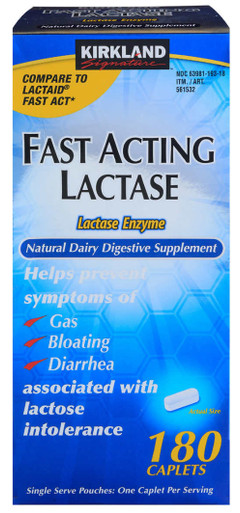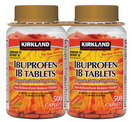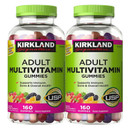What causes intolerance?
Lactose intolerance occurs when your small intestine doesn't produce enough of an enzyme (lactase) to digest milk sugar (lactose). Normally, lactase turns milk sugar into two simple sugars — glucose and galactose — which are absorbed into the bloodstream through the intestinal lining. If you're lactase deficient, lactose in your food moves into the colon instead of being processed and absorbed. In the colon, normal bacteria interact with undigested lactose, causing the signs and symptoms of lactose intolerance. There are three types of lactose intolerance. Different factors cause the lactase deficiency underlying each type.
Primary lactose intolerance
This is the most common type of lactose intolerance. People who develop primary lactose intolerance start life producing plenty of lactase — a necessity for infants, who get all their nutrition from milk. As children replace milk with other foods, their lactase production normally decreases, but remains high enough to digest the amount of dairy in a typical adult diet. In primary lactose intolerance, lactase production falls off sharply, making milk products difficult to digest by adulthood. Primary lactose intolerance is genetically determined, occurring in a large proportion of people with African, Asian or Hispanic ancestry. The condition is also common among those of Mediterranean or Southern European descent.
Secondary lactose intolerance
This form of lactose intolerance occurs when your small intestine decreases lactase production after an illness, injury or surgery involving your small intestine. Among the diseases associated with secondary lactose intolerance are celiac disease, bacterial overgrowth and Crohn's disease. Treatment of the underlying disorder may restore lactase levels and improve signs and symptoms, though it can take time.
Congenital or developmental lactose intolerance
It's possible, but rare, for babies to be born with lactose intolerance caused by a complete absence of lactase activity. This disorder is passed from generation to generation in a pattern of inheritance called autosomal recessive, meaning that both the mother and the father must pass on the same gene variant for a child to be affected. Premature infants may also have lactose intolerance because of an insufficient lactase level.






 Loading... Please wait...
Loading... Please wait... 










